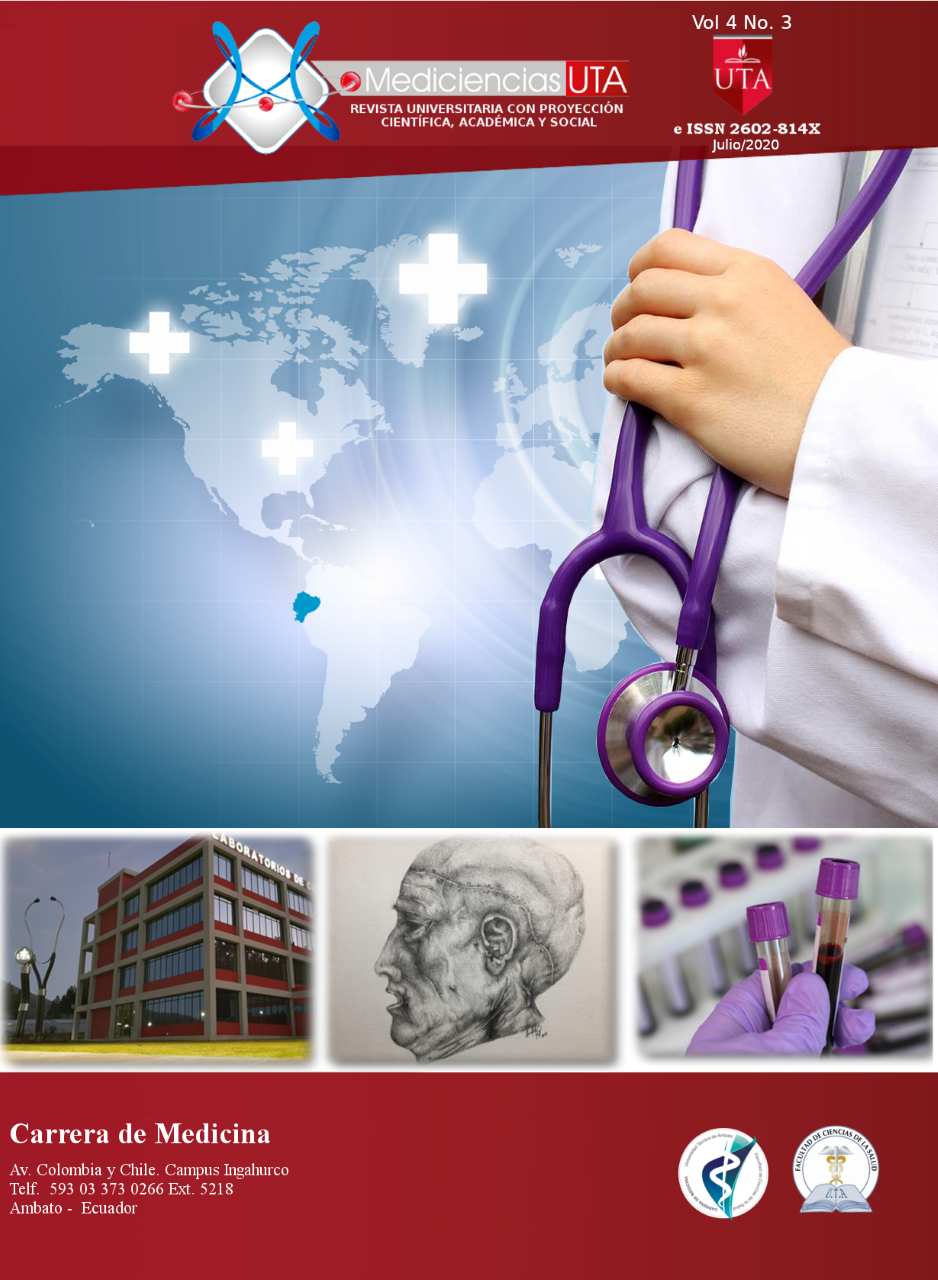Mechanical ventilation in cardiac surgery: updates.
Main Article Content
Abstract
Introduction: Mechanical ventilation in cardiac surgery constitutes an anesthesiological challenge, the new
protocols for improved postsurgical recovery (ERAS) include, among others, protective mechanical ventilation
determined by low tidal volumes, moderate positive pressure at the end of expiration (PEEP) Inspiratory
fraction of oxygen (FiO2) that maintains normoxemia, factors that influence the postoperative period and
pulmonary complications. It is important to determine that there are several moments in cardiac surgery that will modify the ventilatory pattern depending on the cardiopulmonary bypass, extracorporeal pump circulation, unipulmonary ventilation.
Objectives: Provide the best scientific evidence in the intraoperative management of mechanical ventilation in patients undergoing cardiac surgery.
Material and methods: A systematic review of the scientific literature published in the period 2015-2020 was
carried out. A search of the following sites was performed using the following terms: "mechanical ventilation", "ventilation", "cardiac surgery", "airway management", "airway extubation", "cardiopulmonary bypass", "coronary artery bypass", " coronary artery bypass, off-pump ”,“ anesthesia, general ”,“ anesthesia
recovery period ”,“ emergence delirium ”in databases: Medline, Best Practice & Research Clinical Anaesthesiology, Current Opinion in Anaesthesiology, Journal of Cardiothoracic and Vascular Anesthesia and Annals of Cardiac Anesthesia.
Results: The best scientific evidence suggests that mechanical ventilation in cardiac surgery should be provided under the protective model for better immediate postsurgical results and long-term mortality.
Conclusions: Protective mechanical ventilation offers fewer postoperative pulmonary complications, low tidal
volumes based on the patient's predicted weight should be respected, keep PEEP moderate, FiO2 between 40 - 60% to maintain normoxemia. Enhanced postoperative recovery protocols (ERAS) have been established in
the management of patients undergoing cardiac surgery with better overall results in morbidity and mortality.



